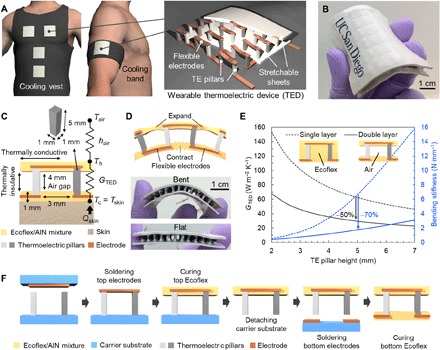Fig. 1. TED design and fabrication process.

(A) Schematic illustration of cooling garments with wearable TEDs (left). The internal structure of the wearable TED with TE pillars connected by flexible copper electrodes and sandwiched between two stretchable sheets (right). (B) Photograph of the fabricated 5 cm by 5 cm flexible TED. (C) Schematic illustration of TED design. The low thermal conduction inside the TED and high thermal conduction within the stretchable sheets are the key features of the design used to achieve the cooling effect. (D) Schematic diagram and photographs showing the flexibility of the TED. The double-layer design of stretchable sheets enhances the flexibility. During bending, the top stretchable sheet expands, while the bottom stretchable sheet contracts. (E) Finite element simulation comparison of GTED and the bending stiffness of double- and single-layer designs of flexible TEDs as a function of TE pillar height. The double-layer design reduces GTED by 50% and the bending stiffness by 70% compared to those of the single-layer design. (F) Fabrication process of the TED (see Materials and Methods for details). Photo credit: Sahngki Hong, University of California, San Diego.
